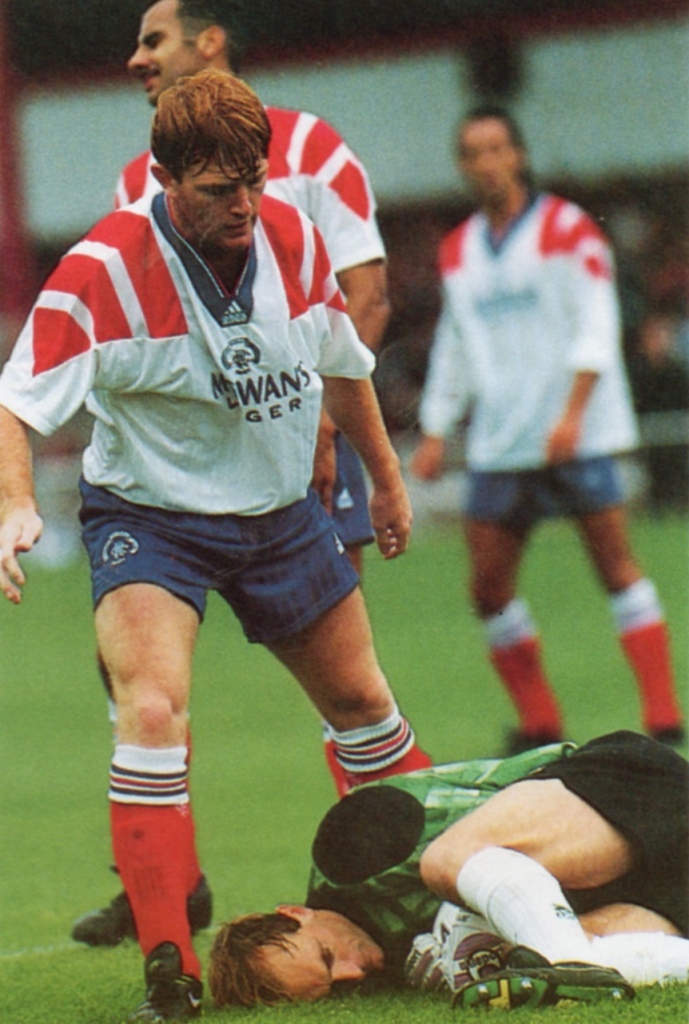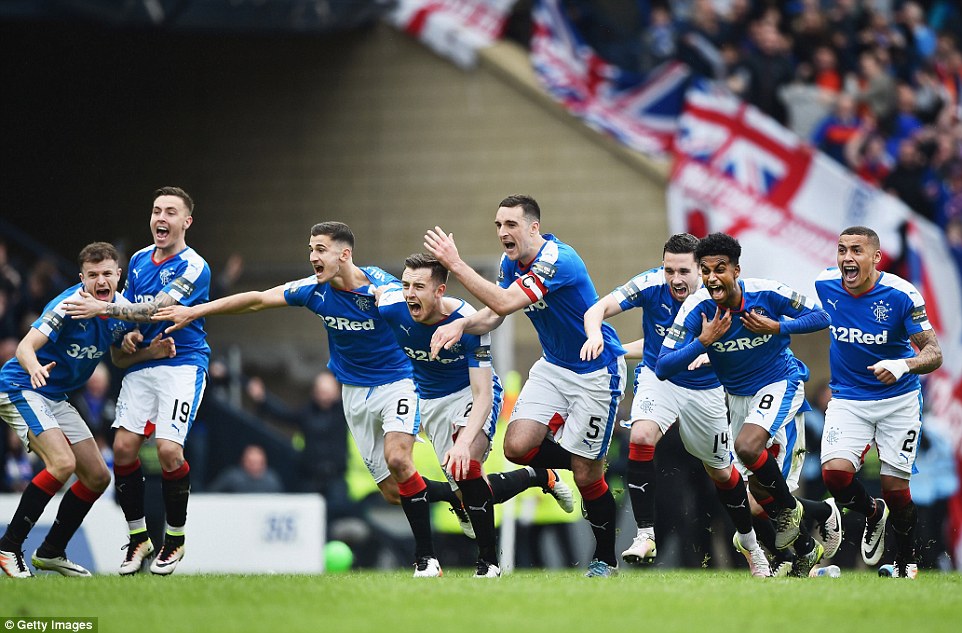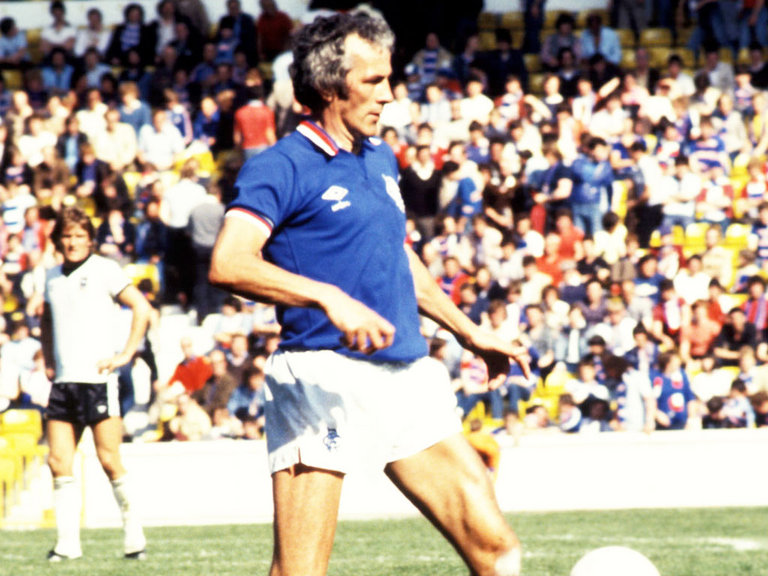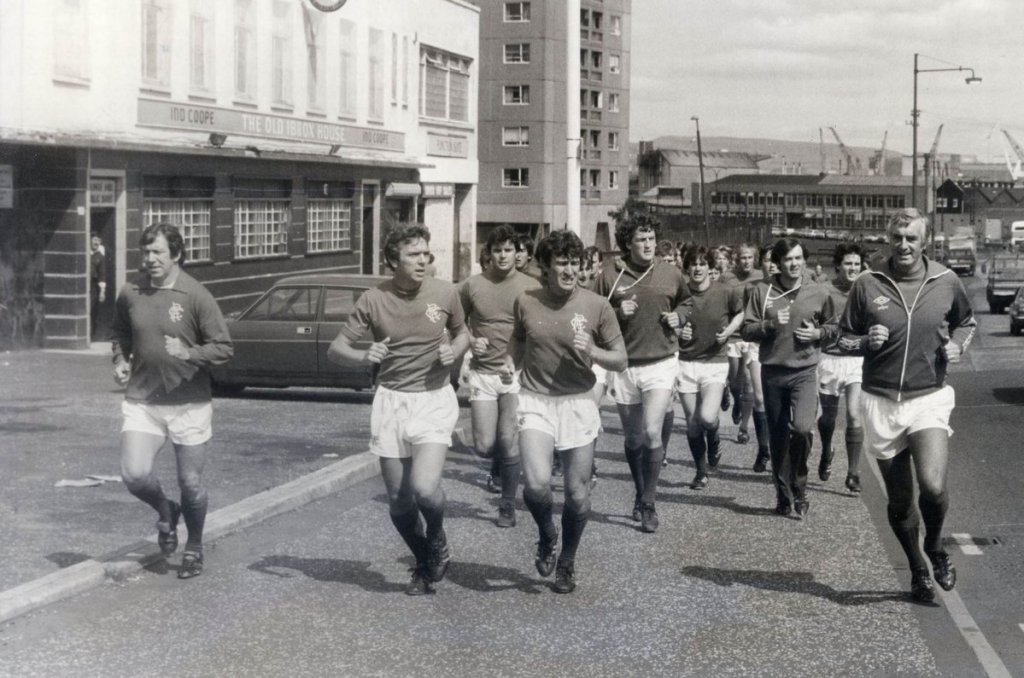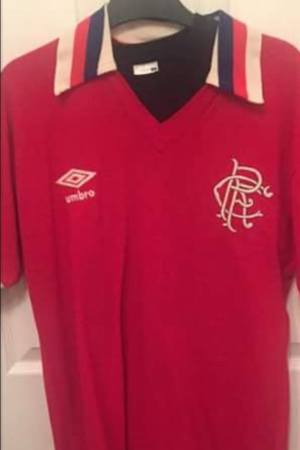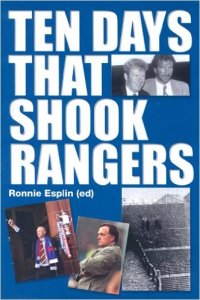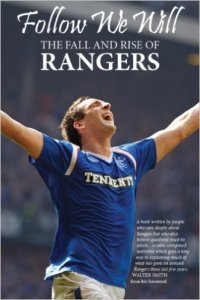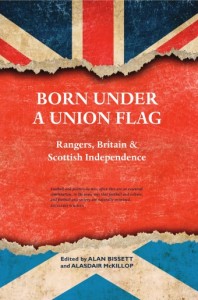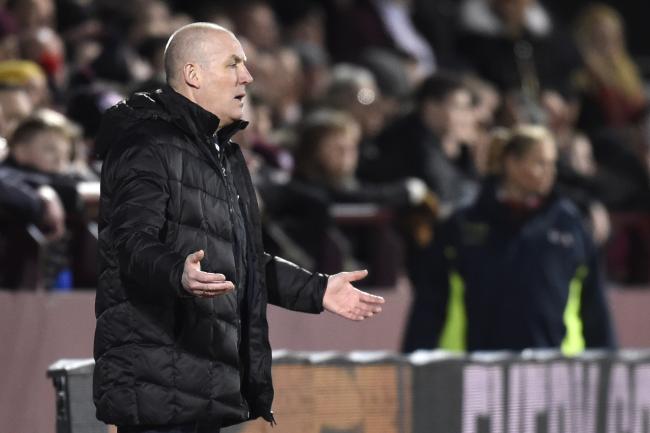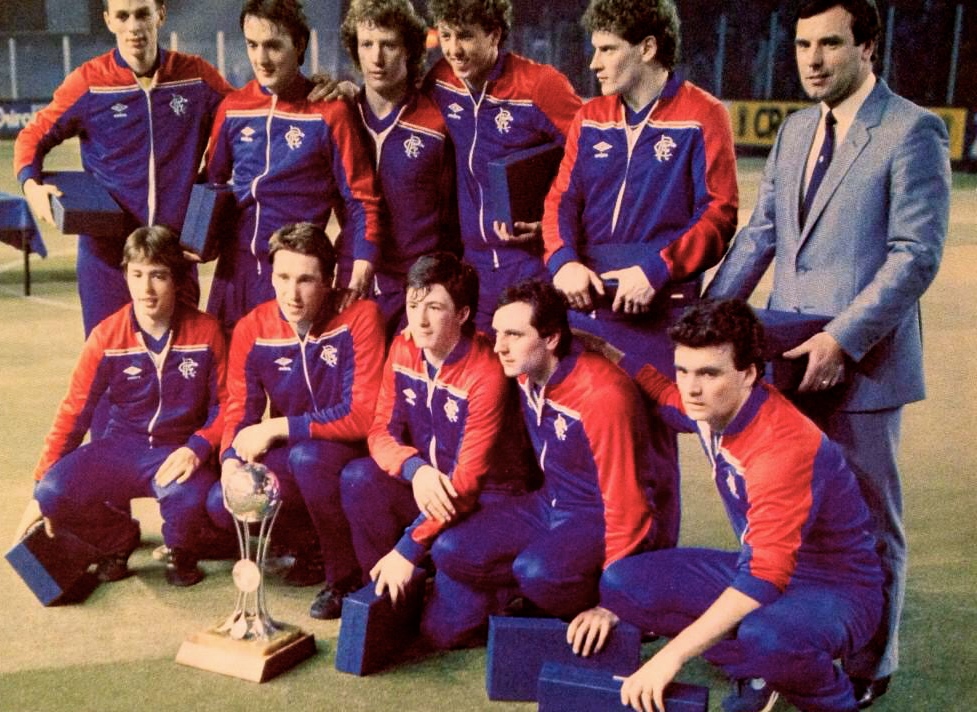
On the 20 May, 2015, Inverness Caledonian Thistle experienced the greatest moment in their then 21 year old history by lifting the Scottish Cup at Hampden, thanks to an 87th minute goal from James Vincent securing a 2-1 win against Falkirk. That Caley Thistle were down to ten men and had been since the 75th minute sending off of Carl Tremaco merely added to the glory of the occasion.
But the long journey to that glorious day at Scotland’s national stadium, which started back in 1994, had not come without its casualties. As is well known, the formation of Inverness Caledonian Thistle was the result of a merger between the two major Highland League sides from the city: Inverness Caley and Inverness Thistle. The merger materialised after both clubs applied to join the Scottish Football League when two places became available in 1994. The SFL hinted to both clubs that a joint application would have more chance of success, and so the decision to submit a single application was taken. When the SFL confirmed the joint application had been successful, both parties pushed ahead with the proposition to turn two clubs into one.
The merger, however, was not welcomed by all, and there were some bitter scenes during the process – with Thistle fans in particular feeling that their club was being erased from history. Thistle had applied to join the SFL in the 70s and had lost out by one vote. Caley fans felt that by 1994 they were a big enough club in their own right to secure a successful application. It was a bitter feud, with many gripes on both sides. The most vociferous supporters on both camps swore at the time that they would never to support the new club – and remained true to their word.
Twenty three years on from that angry scenario, Inverness Caley Thistle have gone from strength to strength and it could be argued that the decision to merge has proved a fruitful one. Rangers head to the Highlands and the Tulloch Caledonian Thistle Stadium on Friday in search of a much needed win in a campaign that started to unravel some time ago. Inverness Caley Thistle, as always, will aim to make it a tricky fixture for Rangers.
But it is worth noting that Rangers travelled to the city of Inverness on footballing business long before the two clubs of yesteryear became the one that we know today. One such game came in the Fourth Round of the Scottish Cup in February, 1984 – against Inverness Caley.
Rangers headed to the Highlands in the early weeks of 1984 in a rejuvenated spirit. The start of the campaign had been disastrous and had led to manager John Greig leaving the club. Attempts to woo Alex Ferguson from Aberdeen, and then Jim Mclean from Dundee Utd, had proved unsuccessful and, in an unexpected turn of events, Rangers turned to Jock Wallace, who had left the club suddenly in 1978 after securing a glorious treble, to restore the club to its former glory.
Results since Wallace’s arrival in October had improved and Rangers had slowly started to climb the table, but the gap between them and the title chasers was already looking insurmountable by February and the club would finish the season a massive 15 points behind eventual winners Aberdeen in fourth place behind Celtic and Dundee Utd respectively.
The harsh reality was that the Scottish Cup and League Cup represented the clubs best, if not only chances of securing silverware. Victory at Inverness and a place in the quarter-final draw was vital.
The hardy bunch of Bears who made the journey north to be part of the 5,500 crowd at Telford Street Park lived in interesting times. It was five years since Margaret Thatcher had been elected and her attack on the heavy industries was about to hit its peak with the miners’ strike, which started three weeks after this fixture on March 12. The dispute would last for over a year and be one of the bitterest industrial disputes in UK history, and one that arguably still has ramifications to this day.
The comedy world would mourn the loss of two legends in Tommy Cooper and Eric Morecambe who both died in this year. Top selling albums in the UK included Michael Jackson’s “Thriller”, “Born in the USA” by Bruce Springsteen and the self-titled debut album from The Smiths. The top three grossing films of the year were Beverly Hills Cop, Ghostbusters and Indian Jones and the Temple of Doom.
On the day of the match, Frankie Goes to Hollywood’s “Relax” was half-way through its five week stay at number one in the charts, although you would be unable to listen to the hit on the radio due to then DJ and future UKIP mouthpiece Mike Read banning it due to its “suggestive lyrics”. As I said, they were interesting times, but let’s get back to the football.
John McClelland led the Rangers side out on what was an unseasonably dry and sunny day in the Highlands. Rangers, in their white away kit, fielded a strong side but it was the Highlanders who had most of the early play, with the home crowd being the far more boisterous of the two sets of supporters.
In the 14th minute, Caley had two great chances to score – they would prove to be the only real chances they had on the day.
Firstly, ex-Rangers star Billy Urquhart hit a powerful shot which Peter McCloy done well to tip over the bar. From the resultant corner it was Urquhart again who was causing problems, this time rising to meet the ball and head powerfully past the despairing McCloy – only for Bobby Russell to head it off the line. Rangers took heed of the warning and upped through the gears.
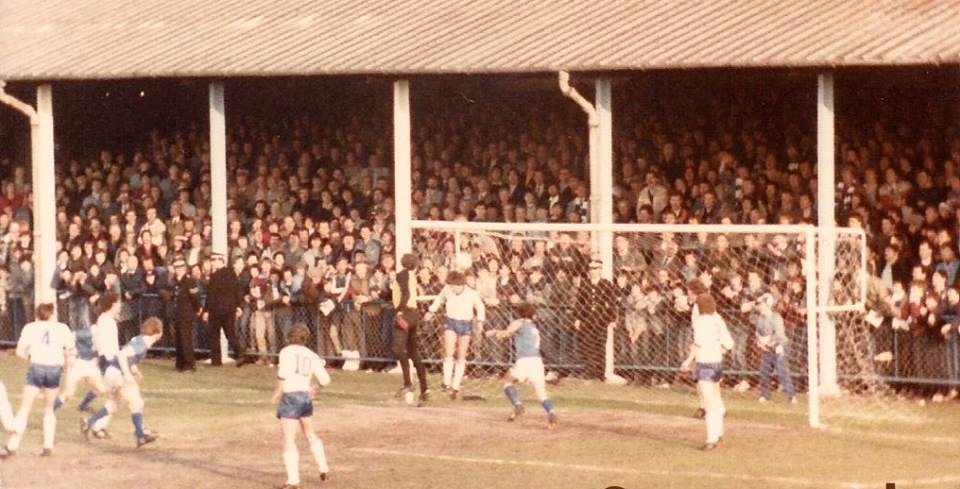
The first goal came in 25 minutes from the late Ian Redford. Running on to a delayed pass from Robert Prytz, he hammered the ball home from 15 yards. After a shaky start on a dry and bumpy pitch, Rangers were on their way.
The second goal – which effectively killed the tie – came in the 32nd minute. Davie Cooper was dispossessed by Caley sweeper Peter Corbett, only for the stopper to carelessly give possession away to Ian Redford. Redford quickly sent the ball back into the Caley box where Williamson rose to loop a header over Caley keeper Billy MacDonald. The teams went it a half-time with those two goals separating them.
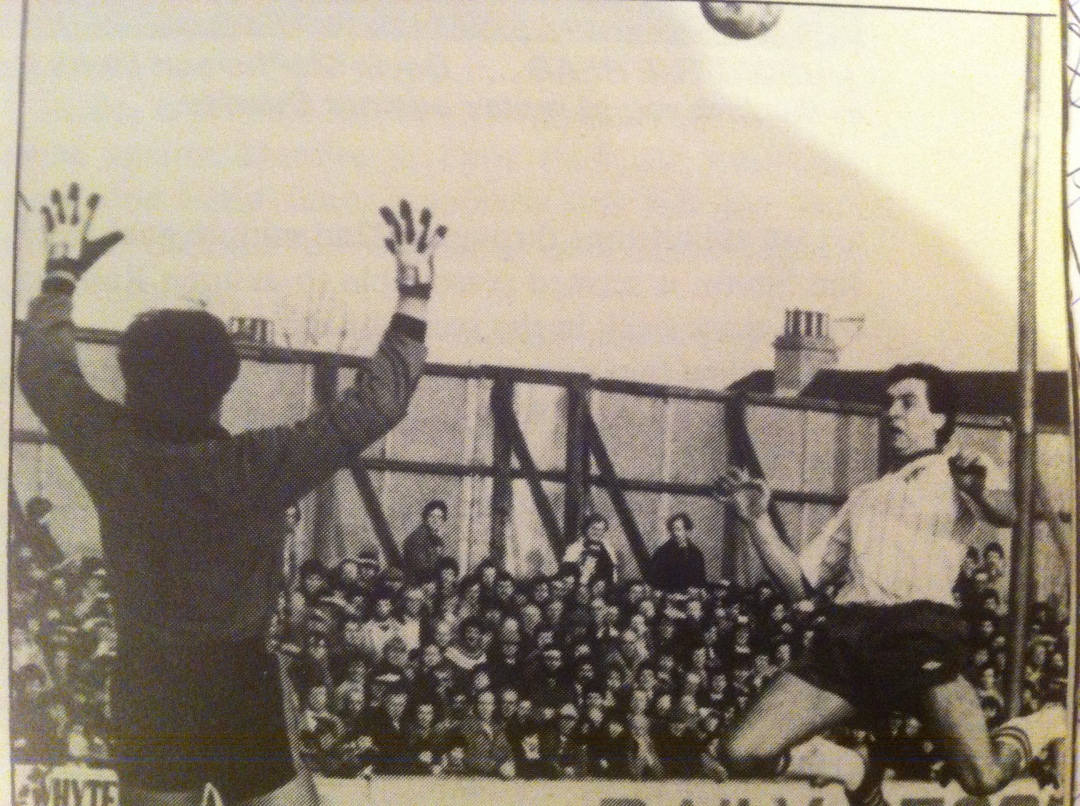
Caley fans hoping for a response from their team in the second-half would prove to be bitterly disappointed. Instead Rangers strolled to another four goals. Bobby Russell securing the third with a powerful header.
Williamson’s second would be Rangers’ fourth. The striker being the first one to react to a great shot from Sandy Clark that had rebounded off the post. With the tie well and truly over it was just about how many Rangers could score, and when there are goals to be had it was very unlikely that a young Ally McCoist would pass up the opportunity to have himself a piece of the action.
So it would prove to be on this day with the young striker bagging two in the latter stages. It is worth noting that McCoist’s first big achievement in a Rangers jersey, a hatrick in that seasons League Cup Final against Celtic, was only a few weeks away. The striking legend was about to be born.
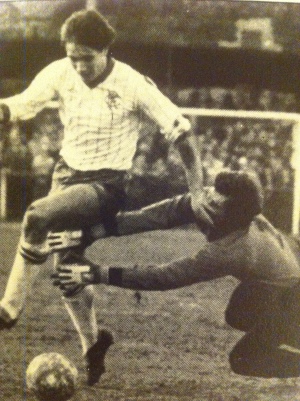
So Rangers cruised through and would go on to meet Dundee in the quarter-finals where our involvement in the tournament would end. The club would finish the season with only the League Cup to show for their efforts – but given the dire situation the club had been in when Wallace returned, this was seen as decent foundation for greater achievements to come.
A similar score this Friday night would do nicely!
Scottish Cup, Fourth Round
Telford Street Park, 19 February, 1984
Inverness Caley 0 Rangers 6
Scorers:
Redford (25)
Williamson (32, 77)
Russell (68)
McCoist (78, 87)
Teams:
Caley: MacDonald, Davidson, Mann, Dewar (Gibson 69), Summers, Corbett, Lisle, Mackintosh (Baxter 65), Urquhart, Docherty, Robinson
Rangers: McCloy, Nicholl, Dawson, (McPherson 70), McClelland, Paterson, Redford, Russell (Clark 75), Prytz, Williamson, McCoist, Cooper
Ref – H Young (Larkhall)
